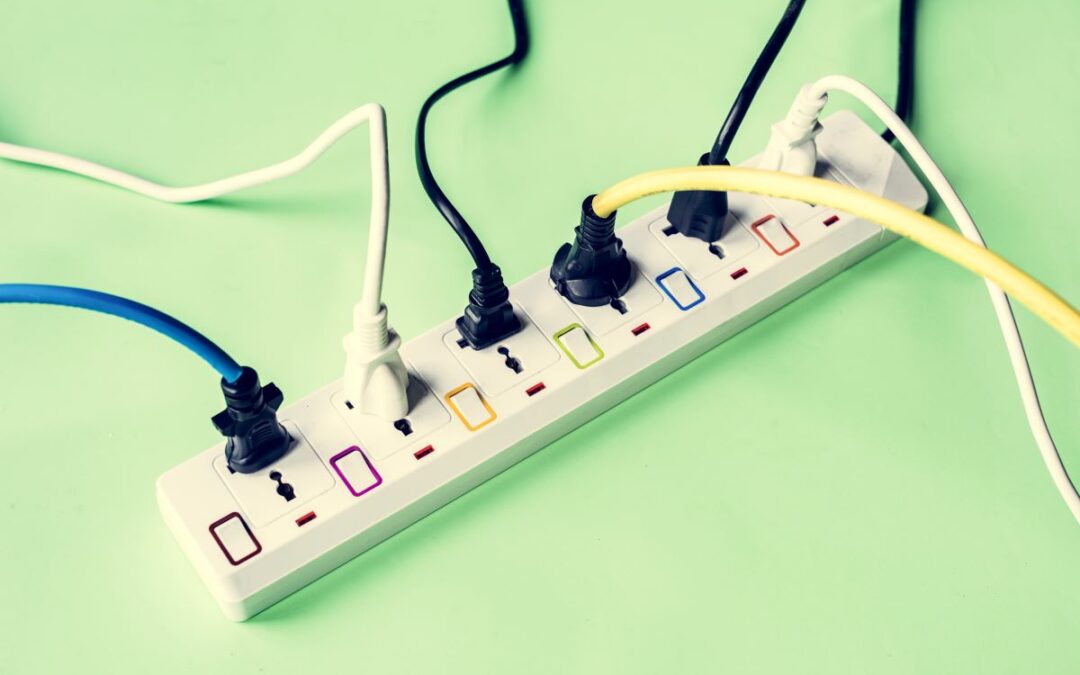We have more devices plugged in in our homes than ever before and although modern electric grids are excellent, power surges are still common. Read on to learn more.
Power Surges
A power surge is an extremely quick spike of power in the electrical current of your home. Voltage in your home is usually at 120 volts AC power although this can fluctuate between 0-168 volts. When the supplied voltage spikes beyond the safety limit, you have a power surge. They can be dangerous as well as damaging.
The Cause of Power Surges
Lightening is a popular cause of power surges but not the only cause. When lightening strikes near a power line the discharge of energy can boost the electrical pressure of the line by millions of volts. That bolt goes through the power line and into your house. Fortunately, this rarely occurs. More commonly, high-powered home appliances require a great deal of power to switch on and can accidentally cause a spike.
Surge Problems
Power surges are concerning because they can, in certain circumstances, be dangerous and damaging. They can destroy devices that are plugged in and the appliance may overheat, be destroyed or even catch on fire.
Surge Prevention
The best way to prevent surges is to use a surge protector. Essentially, they are power strips containing a single input that is plugged into the wall and a number of other outlets that devices can be plugged into. The difference between a surge protector and a power strip is a surge protector will absorb excess energy by redirecting the voltage towards the grounding wire and neutralizing it.

